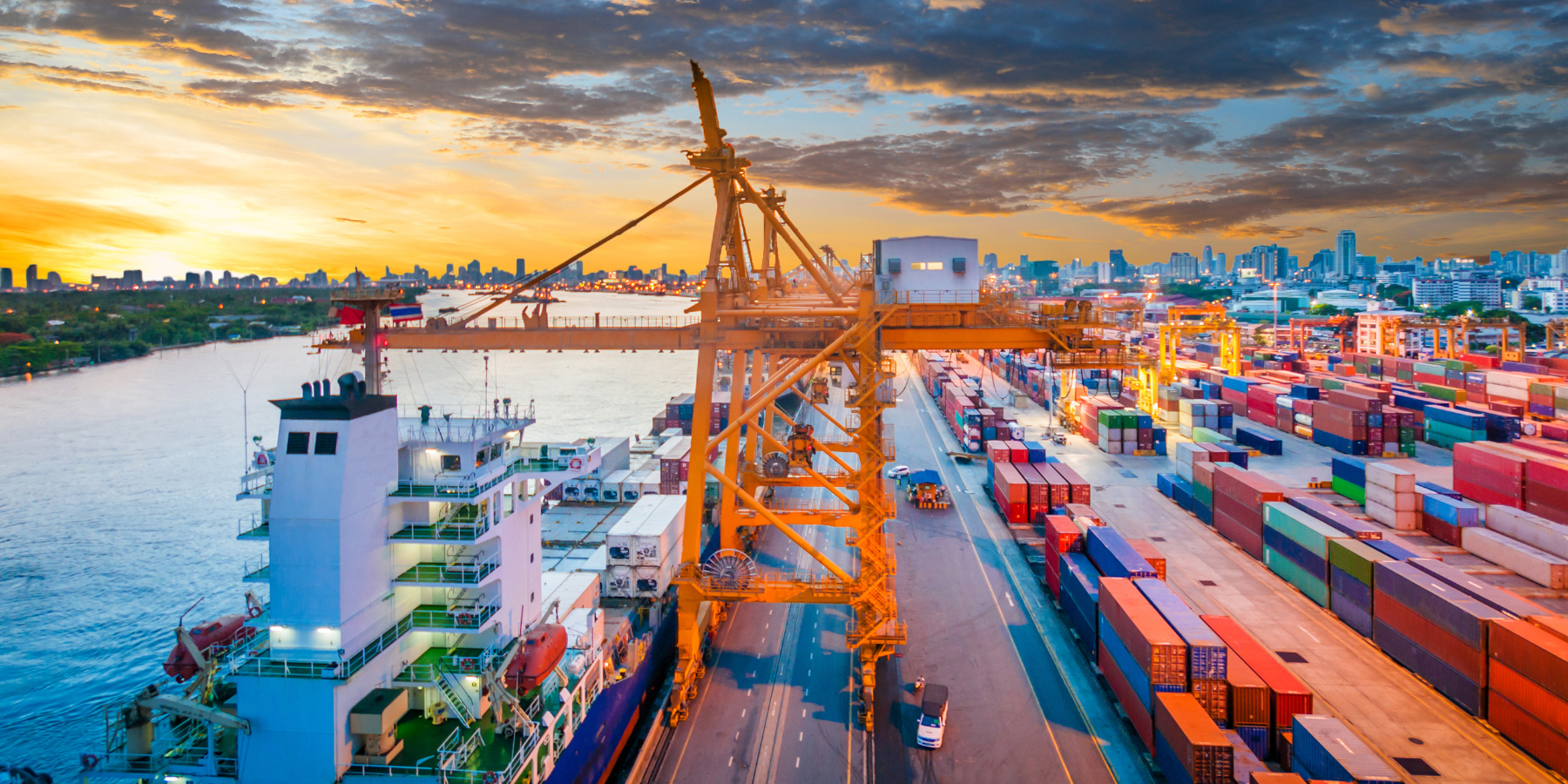What is a GRI (General Rate Increase)?
We are all familiar with the term GRI. The mere mention of this miserable little abbreviation can send us screaming over the precipice. Our ire rises, our brows sweat, and we start to try and figure exactly how we are going to phrase the email to our customers with the news that their rates are going up, yet again!
However, GRI’s are a fact of life in the shipping industry. Carriers are trying to find methods to increase revenues. Contrary to popular belief, most of the world’s container carriers are not swimming in profits. It has been a rough road for the carriers since the bubble burst back in 2008. Most of the carriers were making significant investments during their expansionist years in the early 2000’s. Since 2009 it’s been a struggle to get back up to the levels enjoyed in the previous decade(s).
There are several new global regulations coming into the fore. The Low Sulphur Fuel comes to mind. It will require carriers to upgrade their vessels to handle the cleaner fuel. Some may require new vessels, which of course do not come cheap. As a result, GRI’s and other quasi related increases are here to stay.
A GRI is when ocean carriers raise their fees for ocean freight.
The far seeing traffic manager / inventory control officer will usually budget transport costs throughout a particular year according to previous years’ increases, PSS’s, fuel escalations etc. Those with more of a myopic approach may find themselves in over their proverbial heads rather quickly, so it is critical to know your trade lane and what that trade lane’s history has been vis-à-vis rate increases.
One of the more volatile trade lanes these days is the east bound Trans-Pacific (China to North America) corridor. Similar to the Asia to Europe trade lane, these thoroughfares for manufactured goods flowing out of the People’s Republic of China are fraught with GRI’s. Not only are there GRI’s, but the validities of rates is often just one week. Then you are back to the proverbial negotiating table to squabble over the following week’s rates. The carriers are often trying to see what their competition will do before committing to new levels. Many freight carriers have continued to remain unprofitable even in 2013, which means you shouldn’t expect the rate of GRIs to slow down anytime soon. Depending on the ocean carrier, the price of a GRI can vary dramatically. In fact, competition among carriers sometimes causes certain carriers to forgo rate increases!
How to Minimize the Effects of General Rate Increases:
So you might ask the question: how can I mitigate the impact of GRIs on my business?
Mantoria has strategically aligned itself with several high volume Asian NVO’s. With volumes topping several hundred thousand TEU’s per annum, we have the ability to offer the best of both worlds:
1. Very competitive rates with a relatively short validity
2. Slightly elevated rates with greatly extended validities, 6 months, 8 months, even a year in certain cases.
We believe that there is a sizable market segment that will buy into the latter of the above two scenarios. The benefit to a customer of knowing what their rate levels will be for an extended period of time, sometimes as much as six to twelve months in advance, will be a much larger incentive than a slightly mitigated rate with 10 days validity. Please contact your preferred Mantoria representative for more details.



